The difference between energy storage inverter and off-grid inverter
Sep 02, 2025
With the rapid development of renewable energy and energy storage technologies, energy storage inverters and off-grid inverters, core components of power conversion, often cause confusion due to their similar functions. As a professional energy storage equipment manufacturer, GreenMore, drawing on over 10 years of industry experience, provides an in-depth analysis of the differences between the two from the perspectives of technical principles, application scenarios, and system design, helping users accurately select the appropriate solution.
1. Technical Principle
An energy storage inverter is essentially a bidirectional DC/AC converter. Its core function is to achieve bidirectional flow of electrical energy:
Grid-connected mode: Converts direct current (DC) power from solar and wind power sources into alternating current (AC) and integrates it into the grid. This also supports reverse charging from the grid, enabling peak-shaving and valley-filling energy scheduling. For example, GreenMore's commercial and industrial energy storage system uses energy storage inverters to charge during low-price periods and discharge during peak periods, reducing corporate electricity costs.
Off-grid mode: Automatically switches to standalone power supply mode in the event of a grid failure, providing stable power to critical loads. GreenMore's outdoor liquid-cooled energy storage cabinets utilize this technology to ensure continuous power supply in data centers, hospitals, and other scenarios.
Intelligent Control: Integrating a BMS (Battery Management System) and EMS (Energy Management System) to monitor battery status, grid frequency, and load demand in real time, dynamically adjusting charging and discharging strategies. For example, GreenMore's containerized energy storage battery cabinet uses AI algorithms to optimize battery life, extending cycle times by over 6,000.
An off-grid inverter is a unidirectional DC/AC converter designed for scenarios where there is no grid or the grid is unstable.
Independent operation: Completely disconnected from the public grid, a microgrid is constructed using solar panels and energy storage batteries. For example, GreenMore provides home wall-mounted energy storage systems (5KWh/10KWh) to remote villages in Africa, paired with off-grid inverters to provide 24-hour stable power supply.
Pure sine wave output: Utilizing high-frequency PWM modulation technology, the output voltage waveform is consistent with the mains supply, making it compatible with inductive loads such as air conditioners and refrigerators. GreenMore's stacked energy storage batteries (15KWh/30KWh) drive the entire village lighting system via an off-grid inverter, with a distortion rate of less than 3%.
Modular design: Supports parallel connection of multiple units to expand power and adapt to loads of varying sizes. For example, GreenMore's GM-DP0100 off-grid inverter can output 10kW per phase and supports parallel operation of nine units for a maximum output of 90kW, meeting industrial and commercial emergency power needs.
The difference between energy storage inverter and off-grid inverter
Function
Energy storage inverter
Off-grid inverter
Grid connection
Support grid-connected, off-grid and hybrid modes
Only supports off-grid mode
Energy flow
Bidirectional (charge and discharge can be switched freely)
Mainly one-way (discharge)
System integration
Can collaborate intelligently with photovoltaics, batteries, and power grids
Usually operates independently and has low integration
Intelligent
Support remote monitoring, peak-valley dispatching, and power grid support
Simple functions, focusing on basic power supply
Adapt to the scene
Urban households, industrial and commercial users, microgrids
Areas without power grid, temporary power supply
2. Application Scenarios
Energy storage inverter
Home scenario: Suitable for users already connected to the grid who want to reduce electricity costs and increase energy self-sufficiency. GreenMore's home energy storage system uses a storage inverter to achieve a triple power supply of "photovoltaic + energy storage + grid", increasing the proportion of self-use electricity to over 80%.
Commercial and industrial scenarios: Used for peak-valley arbitrage, demand response, and backup power. For example, a manufacturing company used GreenMore's outdoor air-cooled energy storage cabinet (645kWh) with an energy storage inverter, saving over 500,000 yuan in annual electricity costs while meeting the local grid's frequency regulation needs.
Large-scale power plants: As core equipment in solar and wind energy storage systems, they participate in grid peak and frequency regulation. GreenMore's containerized energy storage battery cabinets (2MWh) have been operating stably for over five years in multiple megawatt-scale projects worldwide.
Off-grid inverter
Remote Area Power Supply: Providing electricity to off-grid areas such as mountainous areas, islands, and deserts. GreenMore's off-grid energy storage system deployed on Southeast Asian islands replaces diesel generators with solar power and off-grid inverters, reducing carbon emissions by over 200 tons annually.
Mobile emergency power supply: Suitable for campers, yachts, temporary construction sites, and other scenarios. GreenMore's portable energy storage battery (5KWh) paired with an off-grid inverter can simultaneously power devices such as rice cookers and projectors.
Critical Load Protection: Providing uninterruptible power supply (UPS) for hospitals, data centers, and other applications. GreenMore's liquid-cooled energy storage cabinets achieve millisecond switching via off-grid inverters, ensuring zero interruption to critical equipment.
3. System Design
Energy storage inverter
Protection level: Industrial and commercial applications must withstand harsh outdoor environments and must meet IP65 or higher protection levels. GreenMore's energy storage inverter features a dust- and water-resistant design and can operate stably in temperatures ranging from -30°C to 55°C.
Communication protocols: Supports multiple protocols such as Modbus, CAN, and RS485, enabling seamless integration with third-party devices. For example, GreenMore's EMS integrates with the factory energy management system via OPC UA, enabling visualization of energy consumption across the entire plant.
Scalability: Supports parallel connection of battery clusters and inverters, allowing flexible capacity expansion up to the MW level. GreenMore's containerized energy storage system features a modular design, with customizable single-cabinet capacities ranging from 215kWh to 3.44MWh.
Off-grid inverter
Protection level: Primarily for indoor installation, the protection level is typically IP20. GreenMore's home wall-mounted energy storage system uses a fire-resistant ABS casing and is UL94 V-0 certified.
Redundant design: Key components use dual backup, such as GreenMore’s Xantrex XW series inverters equipped with dual CPU control boards, with a failure rate of less than 0.1%.
User-Friendliness: Equipped with an LCD display and mobile app, the system provides real-time monitoring of system status. For example, users can remotely adjust charging strategies and optimize energy utilization through the GreenMore app.
4. How to choose? GreenMore’s customized suggestions
For those with grid access who want to reduce costs and increase efficiency: Energy storage inverters are preferred, paired with GreenMore's home/commercial energy storage systems to achieve "self-generation for own use + surplus power access to the grid."
No grid or unstable grid: Choose an off-grid inverter and pair it with GreenMore's wall-mounted/stacked energy storage batteries to build an independent microgrid.
Special needs: GreenMore provides customized services, such as designing anti-condensation energy storage inverters for high-altitude areas and developing corrosion-resistant off-grid systems for offshore platforms.
Conclusion
While energy storage inverters and off-grid inverters are both power conversion devices, their technology approaches and application scenarios are distinct. Leveraging our comprehensive industry chain presence and technological innovation, GreenMore has provided over 500MWh of energy storage solutions to over 20 countries worldwide. Whether it's energy saving for homes, cost reduction for commercial and industrial enterprises, or power supply to remote areas, we can help you achieve energy freedom with our expertise.
Contact GreenMore now for a customized energy storage solution!
Official Website: http://www.gmsolarkit.com
Whatsapp: +8618155260624
Email: export@gmsolarkit.com
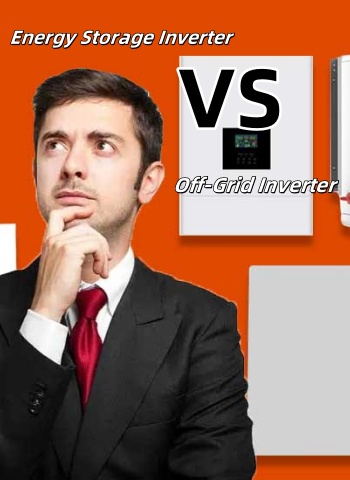
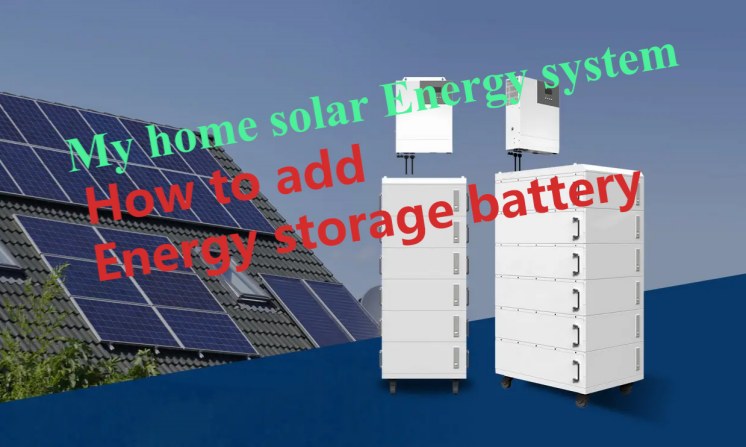
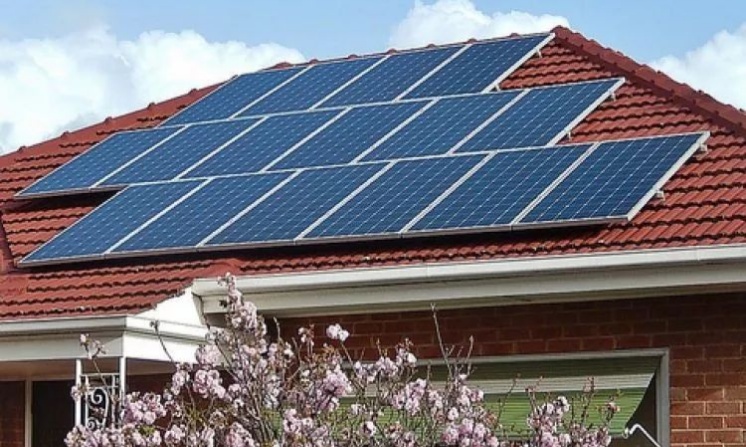
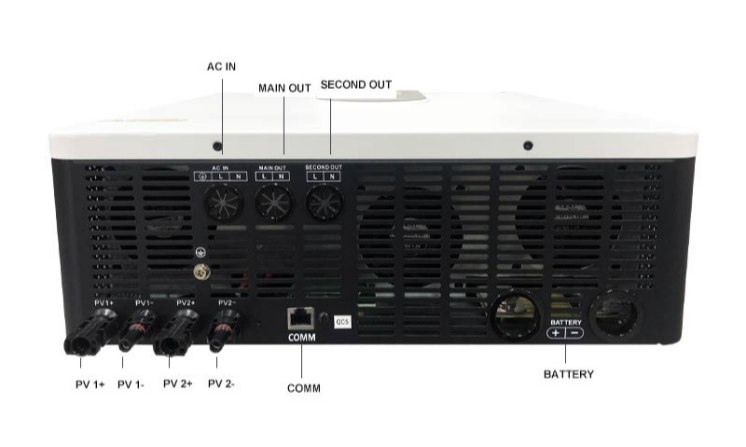
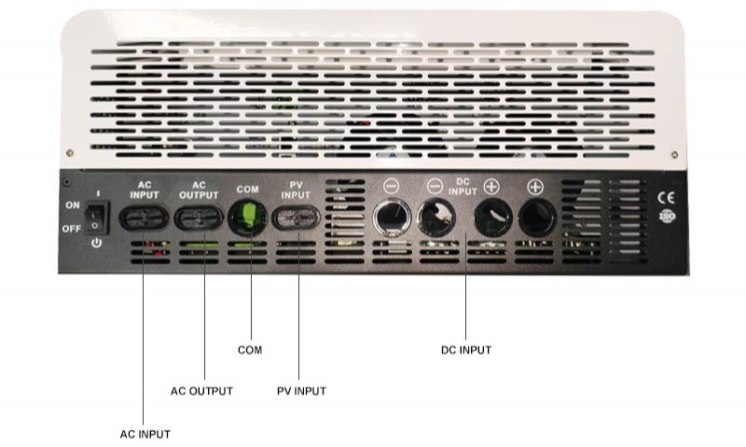
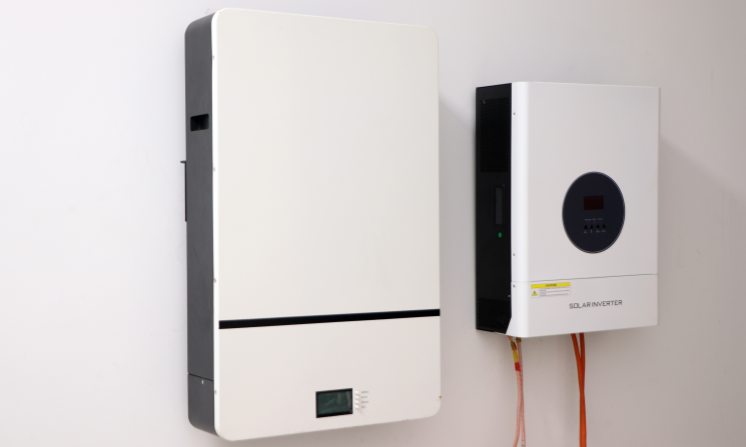


 Network Supported
Network Supported